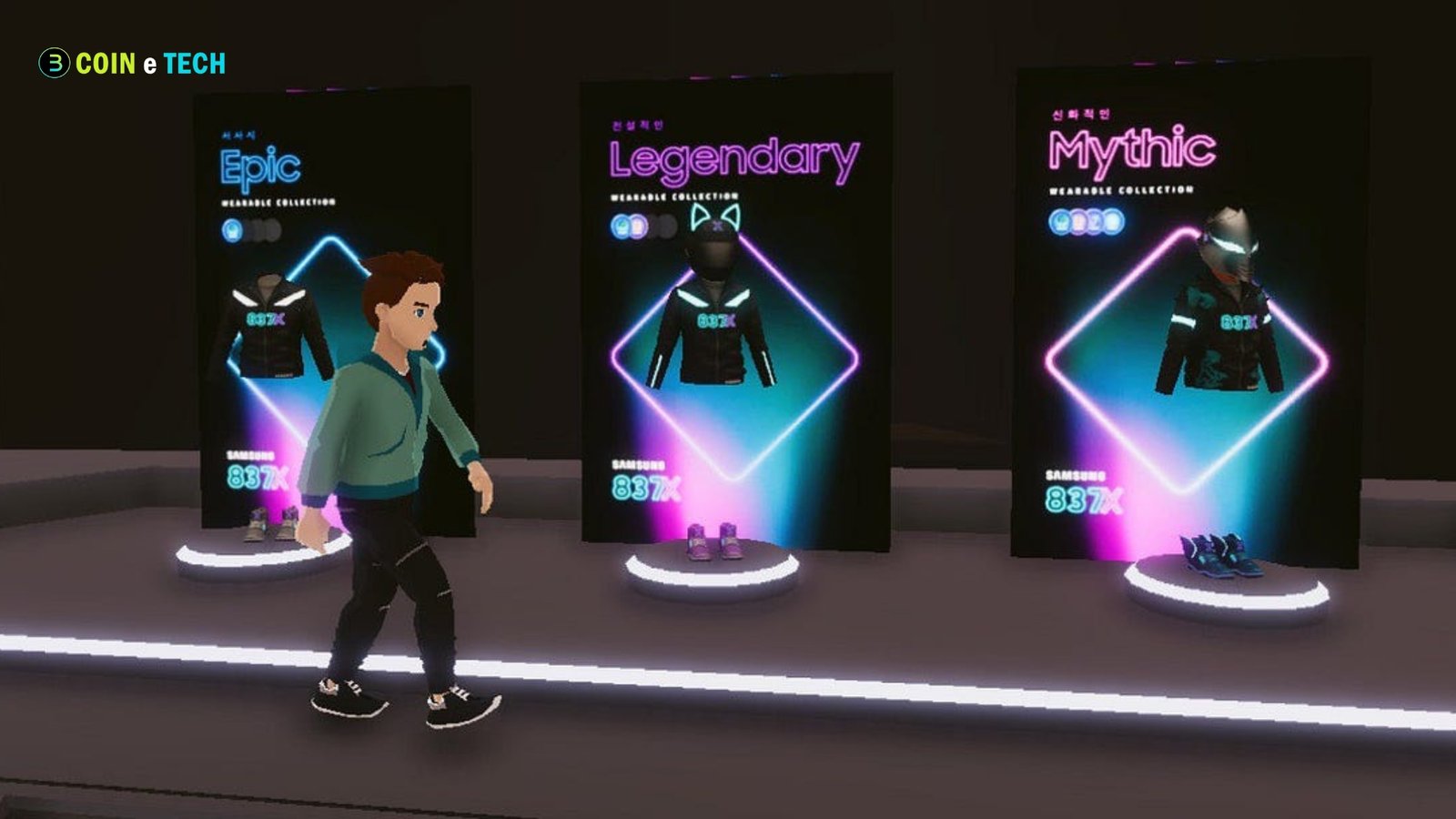Metaverse Ecommerce: The metaverse is changing how people connect, shop, and interact. It’s a shared virtual place where virtual and augmented reality come together. The idea of e-commerce within the metaverse is constantly developing in response to technological trends, providing a unique, immersive experience for buyers and sellers. In this in-depth essay, discover the latest developments, obstacles, and possibilities in the rapidly growing industry of metaverse e-commerce.
Understanding Metaverse Ecommerce
Buying and selling products and services in virtual worlds is called metaverse e-commerce. Metaverse e-commerce takes place in a three-dimensional digital world rather than the two-dimensional spaces used by conventional online stores. Customers can engage with items in previously impossible ways in brick-and-mortar stores or on more traditional Internet marketplaces. Imagine a world where you can browse virtual clothing stores, try on virtual avatars, and watch virtual fashion shows showcasing the newest trends.
Virtual reality (VR) settings, augmented reality (AR) adventures, and even social media platforms that provide immersive purchasing experiences are all metaverses. Businesses use these technologies to build more dynamic and engaging shopping experiences that increase consumer happiness and loyalty.
Current Trends in Metaverse Ecommerce

Virtual Stores and Showrooms
One of the most significant trends in metaverse e-commerce is the rise of virtual stores and showrooms. Brands such as Nike and Gucci have already established virtual retail spaces within popular metaverse platforms like Decentraland and Roblox. These virtual environments enable brands to showcase their products creatively and interactively. Customers can navigate these digital stores, browse products, and purchase cryptocurrencies or traditional payment methods.
NFT Integration
Non-fungible tokens (NFTs) have gained immense popularity in the metaverse, and their integration into e-commerce is becoming increasingly common. Brands offer exclusive digital collectibles and limited-edition items that customers can buy, trade, and display in virtual spaces. For instance, luxury brands are creating NFT art pieces that serve as digital certificates of authenticity for their physical products, bridging the gap between the digital and physical worlds.
Social Commerce
Social commerce is another significant trend in metaverse e-commerce. Virtual social platforms enable users to shop together in real time, creating a shared shopping experience. This trend particularly appeals to younger consumers who prioritize social interaction in their shopping journeys. Brands can host live shopping events, allowing influencers and creators to showcase products, provide recommendations, and interact with audiences directly.
Gamification of Shopping
Gamification is becoming a powerful tool in metaverse ecommerce. Brands incorporate game-like elements into the shopping experience to enhance engagement and encourage purchases. For example, customers might earn rewards for completing specific tasks, participating in virtual challenges, or visiting different areas of a virtual store. This approach makes shopping more enjoyable and fosters a sense of community among customers.
Challenges Facing Metaverse Ecommerce

Despite its promising potential, metaverse ecommerce also faces several challenges:
Technology Accessibility
While virtual and augmented reality technologies are advancing rapidly, accessibility remains an issue. Many consumers may not have the necessary hardware, such as VR headsets, to fully engage with metaverse ecommerce experiences. This technology gap could limit the market reach for businesses looking to capitalize on metaverse opportunities.
Security and Privacy Concerns
As with any online platform, security and privacy are critical concerns in the metaverse. Consumers must trust that their personal information and payment details are secure when engaging in metaverse ecommerce. Companies must implement robust security measures and transparent privacy policies to build consumer confidence.
Regulation and Compliance
The evolving nature of the metaverse presents challenges regarding regulation and compliance. Countries have varying laws regarding digital currencies, online transactions, and data protection. Navigating this complex regulatory landscape can be daunting for businesses looking to operate in the metaverse.
User Experience
Creating a seamless and intuitive user experience in the metaverse is crucial for success. Companies must ensure that their virtual stores are easy to navigate and visually appealing. Poor user experiences can lead to frustration and deter consumers from making purchases.
The Future of Metaverse Ecommerce

As technology continues to advance, the future of metaverse ecommerce looks bright. Several factors are likely to shape its evolution:
Increased Adoption of VR and AR Technologies
As VR and AR technologies become more accessible and affordable, consumer adoption is expected to rise. This increased usage will enable more individuals to engage with metaverse ecommerce, driving growth and innovation in the sector.
Enhanced Personalization
The metaverse allows for a high degree of personalization in the shopping experience. Brands can leverage data and AI algorithms to create tailored customer experiences, offering personalized product recommendations and immersive environments that resonate with individual preferences.
Expansion of Virtual Economies
The growth of virtual economies within the metaverse is expected to create new business opportunities. As users invest more time and money in these digital spaces, brands will have the chance to develop unique offerings that cater to diverse consumer needs.
Integration of AI and Machine Learning
AI and ML will heavily influence virtual marketplaces in the metaverse. These innovations will improve company operations and the shopping experience, from chatbots that assist customers to analytics powered by artificial intelligence that guides marketing efforts.
Conclusion
Metaverse e-commerce is transforming consumers’ shopping, providing immersive, engaging, and interactive experiences that traditional e-commerce cannot match. As brands continue to explore the potential of virtual environments, we can expect significant innovations that will reshape the future of shopping. By overcoming challenges and embracing opportunities, businesses can thrive in this new digital frontier, offering consumers a shopping experience that is truly out of this world. The metaverse is not just a trend; it is the future of ecommerce.






